Japan on the Verge of Stablecoin Issuance, China Joins Challenge to the Petro-Dollar Order
Input
Changed
Japan, the “Cash Kingdom,” Moves to Issue Yen-Backed Stablecoin China, Once Blocking Stablecoin Research, Shifts Toward Utilization “Petro-Yuan” Strategy Accelerates Challenge to Dollar Hegemony
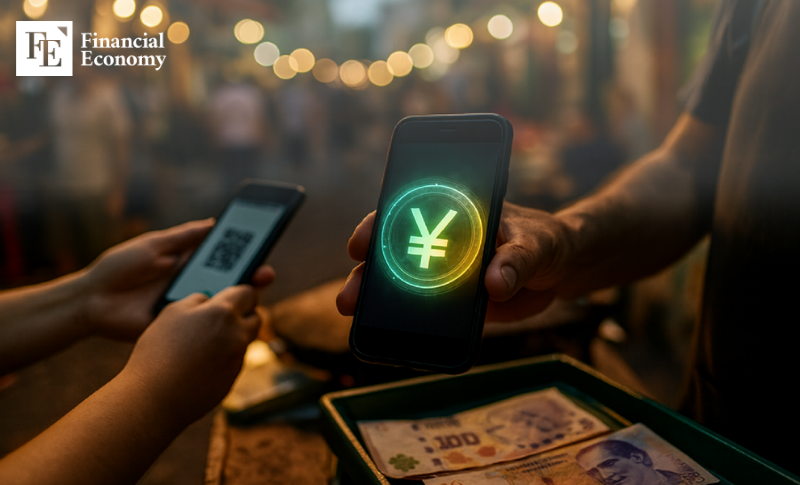
Japan, long characterized as a “cash kingdom” for its relatively sluggish digital transformation in finance and heavy reliance on physical money, is poised to approve its first yen-backed stablecoin. At the same time, China is accelerating efforts to issue a yuan-based stablecoin as part of its broader campaign to counter U.S. dollar dominance. After years of maintaining a hardline stance against cryptocurrencies, Beijing is now recalibrating, recognizing the potential of stablecoins as a tool to undermine the petro-dollar system.
Japan’s FSA Set to Approve First Yen Stablecoin
According to CoinDesk US on September 4, Japan’s Financial Services Agency (FSA) could authorize the country’s first yen-denominated stablecoin as early as this fall. Tokyo-based fintech firm JPYC is seeking registration as a money transfer operator this month, with plans to launch JPYC, designed on a 1:1 peg with the yen. The company has also pledged to purchase Japanese government bonds, effectively anchoring coin issuance to sovereign debt. JPYC CEO Noritaka Okabe said, “Government bond yields in countries without growing stablecoin issuance will inevitably rise going forward.”
Other players are also moving. Tokyo-based financial services firm Monex Group is reviewing the issuance of a yen stablecoin for cross-border remittances and corporate settlement. Chairman Oki Matsumoto told local media, “Stablecoin issuance requires immense infrastructure and capital, but if we fail to act, we risk falling behind.” In June 2023, the FSA amended the Payment Services Act (PSA), formally recognizing stablecoins as electronic payment instruments and defining their issuers, licensing regime, and legal framework.
Stablecoins, pegged to external assets such as the dollar, euro, or yen, are designed to secure price stability, making them attractive for trade, investment, remittances, and international settlements while circumventing the volatility of traditional cryptocurrencies. Given the yen’s reputation as a safe-haven asset, demand for a yen-backed stablecoin is expected to rise as volatility continues to weigh on assets such as Bitcoin.
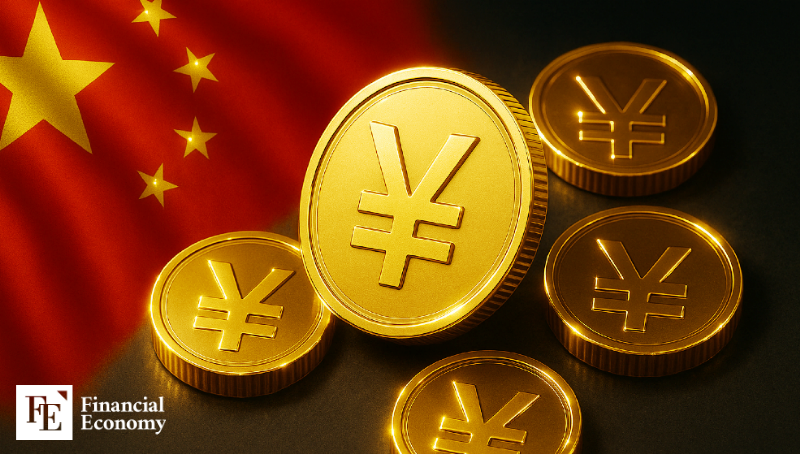
China Shifts from Regulatory Ban to Stablecoin Adoption
China, which has thus far concentrated on developing its central bank digital currency (CBDC), is now considering yuan-based stablecoin issuance. Reuters reported that during last month’s Shanghai Cooperation Organization (SCO) summit in Tianjin, Beijing discussed with select countries the expanded use of yuan and stablecoins in cross-border trade and payments.
This represents a significant policy shift. In 2021, China banned cryptocurrency trading and mining, citing systemic financial risk, and until early last month had prohibited research and seminars on stablecoins altogether. Christopher Wong, currency strategist at Singapore’s OCBC Bank, noted, “The Chinese government seeks to prevent individuals from speculatively using stablecoins.” As part of broader crypto restrictions, regulators instructed banks to monitor related transactions and clamp down on illicit finance.
Hong Kong, however, is being positioned as a regulatory sandbox. Standard Chartered’s Hong Kong unit recently announced plans to develop a Hong Kong dollar-backed stablecoin in partnership with Web3 firm Animoca Brands. E-commerce giant JD.com and Ant Group, operator of Alipay, are likewise exploring stablecoin issuance in Hong Kong, with yuan-linked projects also tied to the Belt and Road Initiative. While Beijing tightens restrictions onshore, it is leveraging Hong Kong to extend its influence in global digital currency markets through a dual-track strategy.
Petro-Yuan Ambitions and the Challenge to Dollar Hegemony
China’s shift reflects its strategic assessment of stablecoins as instruments to erode the petro-dollar and advance the “petro-yuan.” According to the South China Morning Post, Beijing now views stablecoins as a promising mechanism to expand the global reach of the yuan.
China has already outlined a century-long plan to undermine dollar hegemony and extend its monetary footprint, explicitly emulating the methods once employed by Washington. A central pillar is the petro-yuan strategy, already in play through energy trade with Russia. The Wall Street Journal reported that as of late 2024, 90% of bilateral trade between China and Russia was settled in yuan and rubles, bypassing the dollar altogether.
Beijing is now exploring the use of yuan stablecoins in oil transactions—an arena traditionally dominated by the dollar. Capturing such settlement channels could substantially raise the yuan’s share of global payments. Currently, the yuan accounts for just 2.88% of transactions in the SWIFT network, compared with 47.19% for the dollar.
China National Petroleum Corporation (CNPC), the state-owned energy conglomerate, has been closely tracking the Hong Kong Monetary Authority’s stablecoin licensing developments. Market observers interpret this as a step toward becoming a stablecoin issuer. Should a major energy company like CNPC adopt stablecoins for cross-border settlements, it could not only slash transaction time and costs but also weaken the dollar’s entrenched dominance in global oil trade.



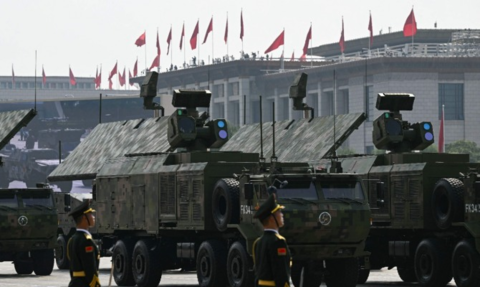
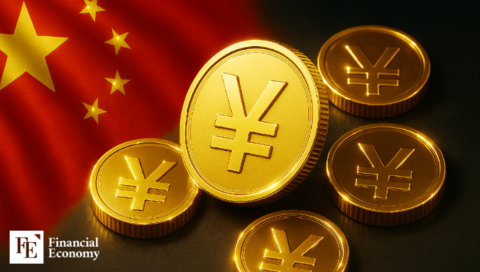


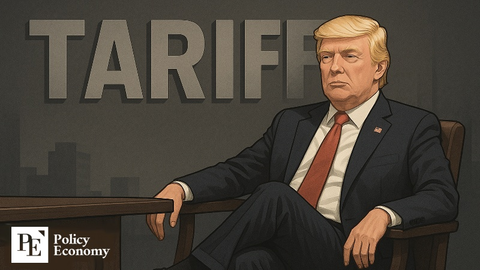














Comment